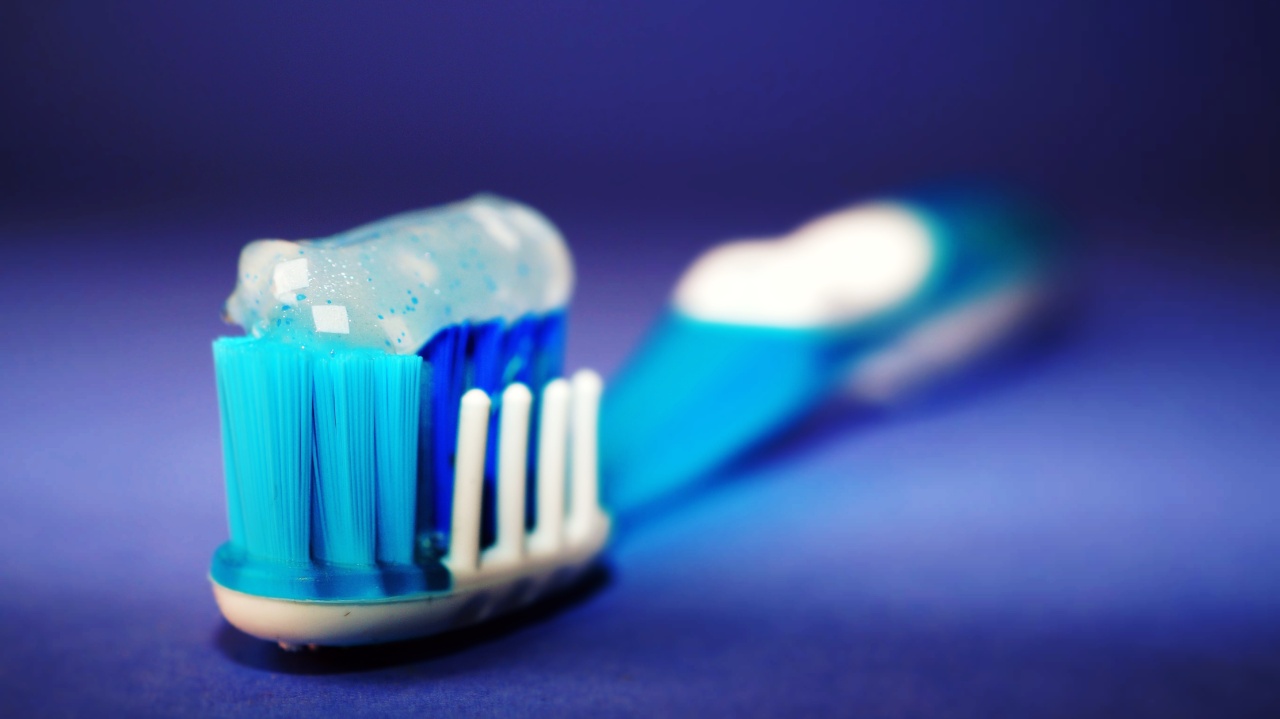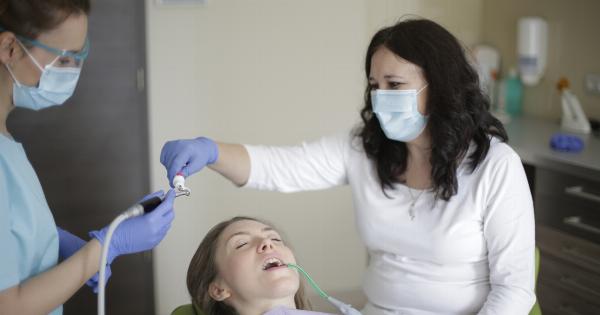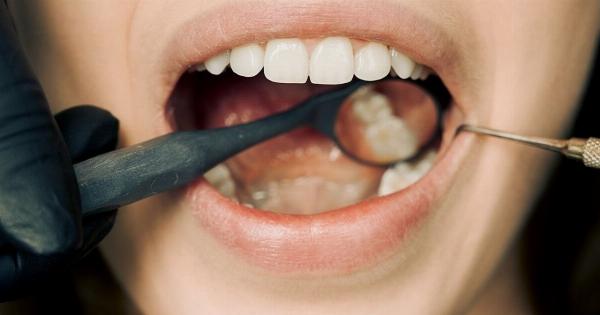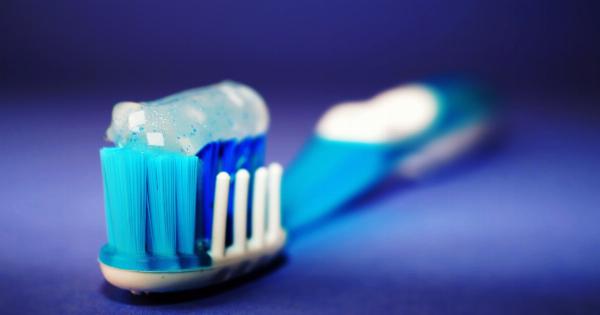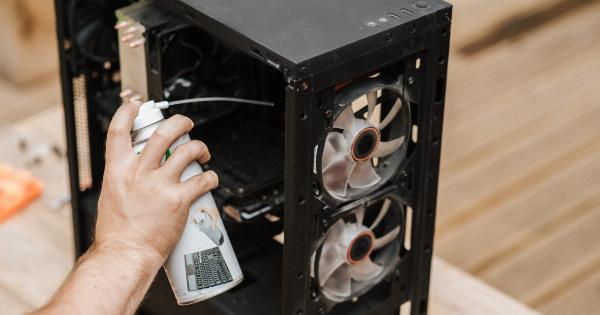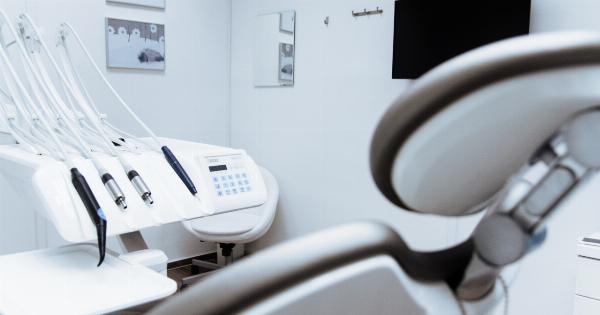Seals are fascinating marine mammals that have captivated humans for centuries. With their sleek bodies and adorable faces, these creatures have become synonymous with the ocean.
However, seals are not only beautiful, but they also play a crucial role in maintaining the balance of ecosystems. Their health is of utmost importance, particularly when it comes to their dental wellbeing.
The Challenge of Seal Dental Health
Seals, like humans, can suffer from a variety of dental issues. These problems can lead to pain, discomfort, and even life-threatening conditions. Poor dental health can affect a seal’s ability to eat, hunt, and defend itself against predators.
Historically, treating dental issues in seals has been a challenge. The size and anatomy of a seal’s mouth, combined with the difficulty of keeping them immobile during treatment, made traditional dental interventions nearly impossible.
However, a recent breakthrough in seal dental treatment has revolutionized their healthcare.
The Breakthrough: Non-Invasive Teeth Treatment
Scientists and veterinarians have collaborated to develop a non-invasive teeth treatment for seals, addressing their dental issues without subjecting them to invasive procedures.
This breakthrough involves a combination of innovative techniques and specialized tools.
Understanding Seal Teeth
To comprehend this groundbreaking treatment, it’s important to understand the unique dental characteristics of seals. Seals have different types and shapes of teeth depending on their diet.
Some species, like the leopard seal, have sharp, carnivorous teeth for hunting and consuming fish. Others, such as the crabeater seal, have specialized teeth for filtering small marine organisms.
Seals’ teeth tend to accumulate debris, including fish scales, bones, and seaweed. Over time, this build-up can lead to various dental issues, such as inflammation, infection, and tooth decay.
These problems can severely impact a seal’s overall health and quality of life.
Non-Invasive Treatment Techniques
The non-invasive teeth treatment for seals involves a combination of specialized techniques:.
1. Dental Scaling
Using a specially designed dental scaler, veterinarians are able to remove the debris and build-up from a seal’s teeth. This process helps in preventing infections and decay and restoring the seal’s oral hygiene.
2. Irrigation and Flushing
Irrigation and flushing techniques are used to thoroughly cleanse the seals’ teeth and remove any residual debris that may have been missed during scaling. This step helps to ensure optimal dental health and prevent future complications.
3. Antimicrobial Application
Applying antimicrobial agents to the seals’ teeth helps in eliminating harmful bacteria and preventing the recurrence of dental issues.
These agents are specifically formulated to target bacteria associated with dental diseases without harming the seal’s oral microbiome.
4. Dental Prophylaxis
Similar to humans, seals benefit greatly from regular dental prophylaxis. This procedure involves polishing the seals’ teeth to remove any surface stains and make it more difficult for debris to adhere in the future.
It also provides a smooth surface that promotes dental health.
The Benefits of Non-Invasive Treatment
The non-invasive teeth treatment has numerous advantages for the overall health and well-being of seals:.
1. Reduced Stress
Traditional dental treatments often required sedation or immobilization, causing significant stress to the seals. The non-invasive treatment eliminates the need for such interventions, leading to a more relaxed and comfortable experience for the seals.
2. Quicker Recovery
Non-invasive treatment techniques result in quicker recovery times for seals. Without the need for major surgery or invasive procedures, seals can resume their normal routines and behaviors more swiftly.
3. Improved Oral Health
The non-invasive approach to seal dental treatment ensures that oral health is restored and maintained effectively. By addressing dental issues, seals can eat, hunt, and defend themselves without discomfort or complications.
4. Long-Term Prevention
Regular non-invasive dental care can prevent future issues and promote long-term oral health for seals. By monitoring and treating their teeth regularly, veterinary professionals can catch problems early and thoroughly address them.
Conclusion
The breakthrough in non-invasive teeth treatment for seals marks a significant advancement in their healthcare. This innovative approach not only benefits the seals themselves but also helps in preserving the balance of marine ecosystems.
By eradicating dental issues, seals can continue to thrive and fulfill their essential roles in the world’s oceans.
